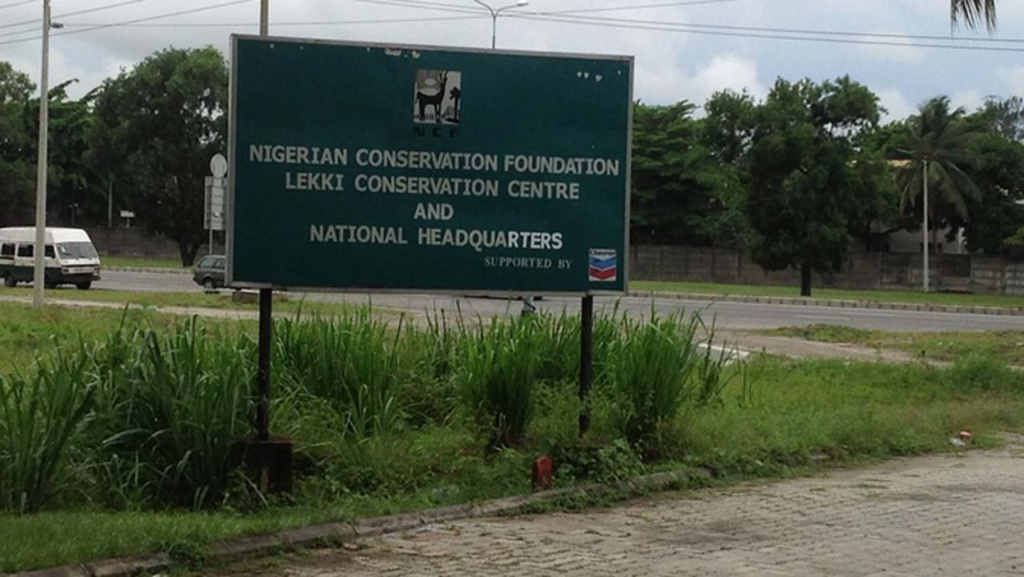
Lagos, Feb. 2, 2023: Irked by the indiscriminate use of wetlands, the Nigerian Conservation Foundation (NCF) has cautioned against such act, especially in the Lagos metropolis.
Dr Joseph Onoja, the Director-General, NCF, made the appeal in an interview to mark the World Wetlands Day (WWD)on Thursday in Lagos.
February 2 every year is set aside by the United Nations to mark the Day.
Onoja said that wetlands were disappearing faster than they should because of human population growth and technological advancement.
According to him, WWD is set aside to create awareness of the critical nature and importance of wetlands to the ecosystem.
He noted that human activities, especially by some real estate developers who indiscriminately tamper with wetlands through sand filling was causing dangers to the ecosystem and contributing to the threats of climate change.
Onoja said that, among other important uses of wetlands, it serves as a buffer against flood, especially in the Lagos metropolis.
In another development, Onoja described the wildlife conservation and endangered species protection bill currently before the National Assembly as a welcomed development.
He said that when passed into law, the bill would clearly portray Nigeria as country that is serious with wildlife conservation and endangered species protection.
He added that the bill, if passed into law, would empower the enforcement and prosecuting agencies with the proper framework to prosecute illegal wild trade traffickers.
The director-general said that the bill fits squarely into one of the NCF Strategic Action Plan (SAP), which is “Saving Species in Peril.”
He added that as one of the nation’s foremost environmental non-governmental organisation, the foundation had been at the vanguard of promoting wildlife conservation.
According to the United Nations, Wetlands are ecosystems where water is the primary factor controlling the environment and the associated plant and animal life.
A broad definition of wetlands includes both freshwater and marine and coastal ecosystems such as all lakes and rivers, underground aquifers, swamps and marshes, wet grasslands, peatlands, oases, estuaries, deltas and tidal flats.
Others are: mangroves and other coastal areas, coral reefs, and all human-made sites such as fishponds, rice paddies, reservoirs and saltpans.

